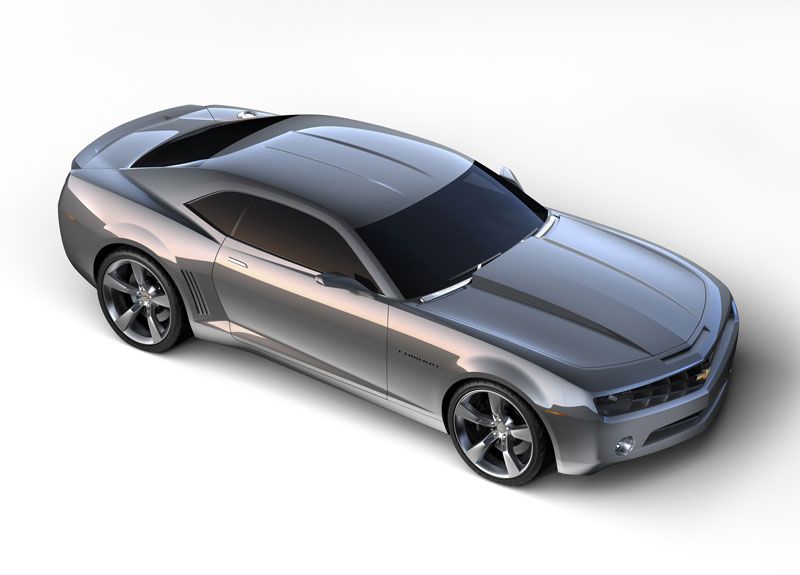As posted earlier, Bob Lutz says General Motors is thinking about a four in the Camaro. Were they to do it, that would mean GM offered the Camaro with a V-8, a V-6, and a four.
What might they really be thinking? Is it the stalking horse for a third-generation hybrid powertrain in the Camaro?
The four is, currently the performance option in the Solstice, is ostensibly a response to rising fuel economy standards. Turbocharged, with a 2.0 liter displacement developing 260 hp, it would be remarkably close to the expected power output of the Camaro V-6. That engine is expected to be a detuned version of the current direct-injection Cadillac CTS engine and, of course, the V-8 is the LS family engine now available in the Pontiac G8 and used in the Chevrolet truck line, as well as being the basis for the Corvette engine.
Lutz, speaking at the New York Auto Show, says that Chevy isn’t going to be competing with the Camaro on price, pointing out that the Camaro has a better quality interior and that “we have a very sophisticated suspension system.” What he means by that is that the Camaro features a fully independent suspension, while the Mustang uses a live rear axle.
(more after the jump)
It is yet another sign that GM is scrambling for a way to make its investment in the Zeta platform, the rear wheel drive platform which is the basis for the Camaro, pay off. Zeta is a platform with a checkered history, first given the green light, then stopped, then started again. It is believed to be the basis for the expected Cadillac DTS/STS replacement as well as a rear-wheel-drive replacement for the Buick Lucerne.
Little emphasized in all of this is the notion of putting a turbocharged engine in the Camaro. When GM announced its third-generation hybrid only a few weeks ago, it place particular emphasis on the compatibility between the conventional hybrid using a lithium ion battery and turbocharging, specifically citing a hybrid turbocharged four as a way of equalling the performance of a V-6 without the consequent mileage and emissions penalties.
While a four cylinder engine seems inconsistent with the overall projected image of the Camaro, 260 hp is more power than was possessed by the typical Camaro of the brand’s halcyon years in the sixties. In the Solstice, that engine is the performance option. Depending on the weight of the Camaro, it could offer very acceptable performance and excellent weight distribution.
But, the Camaro is also the first domestically produced Zeta platform car, a platform to which GM is committed for a broader line of vehicles in the future.
It serves, therefore, as the platform on which to experiment with engine and drivetrain configurations which may, shortly thereafter, find their way into other GM vehicles.
At the Chicago auto show, GM hybrid engineers told TopSpeed.com that the rumors then rampant of a hybrid version of the Camaro were simply not true.
But, one gets the sense that engineering options at GM, particularly for the Zeta platform, have become very fluid of late, as the company searches for ways to better adapt the Zeta platform to the initial set of new Corporate Average Fuel Economy revisions, taking effect in a few years.

